
Culture
09:43, 06-May-2018
Chinese man captures sun paths for a decade
CGTN
03:54
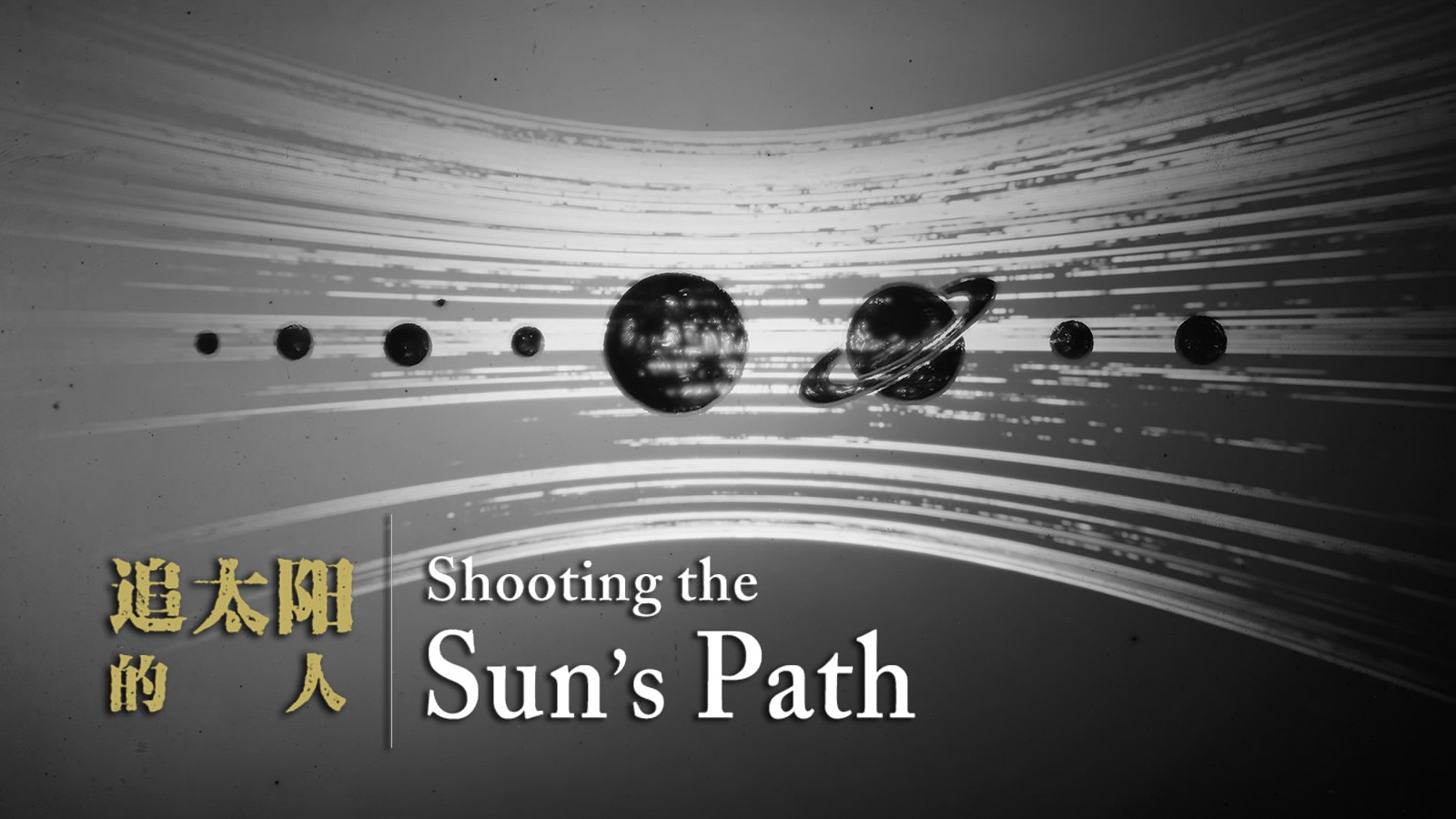

CGTN
CGTN
In an ancient Chinese myth, Kuafu the giant decided to chase and catch the sun. Although he died of thirst on the way, he is seen as symbolizing the ancestral pursuit of light and eternity.
Thousands of years later, Chen Xiaofeng, a secondary vocational school fine art teacher, also tried to capture the sun. He has been taking photos of the sun's trajectory for many years with his hand-made pinhole cameras.
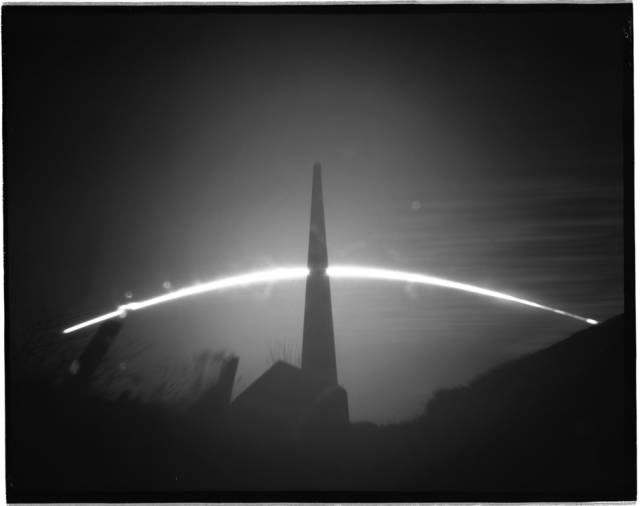
CGTN Photo
CGTN Photo

Chen Xiaofeng, by CGTN
Chen Xiaofeng, by CGTN
Pinhole cameras bring the art of photography back to basics. Without sophisticated optical lenses or high-resolution imagery, photos are cast on the negative using the pinhole-imaging principle. A longer exposure time is needed, so the images tend to be hazier, as if time had left its mark on them.
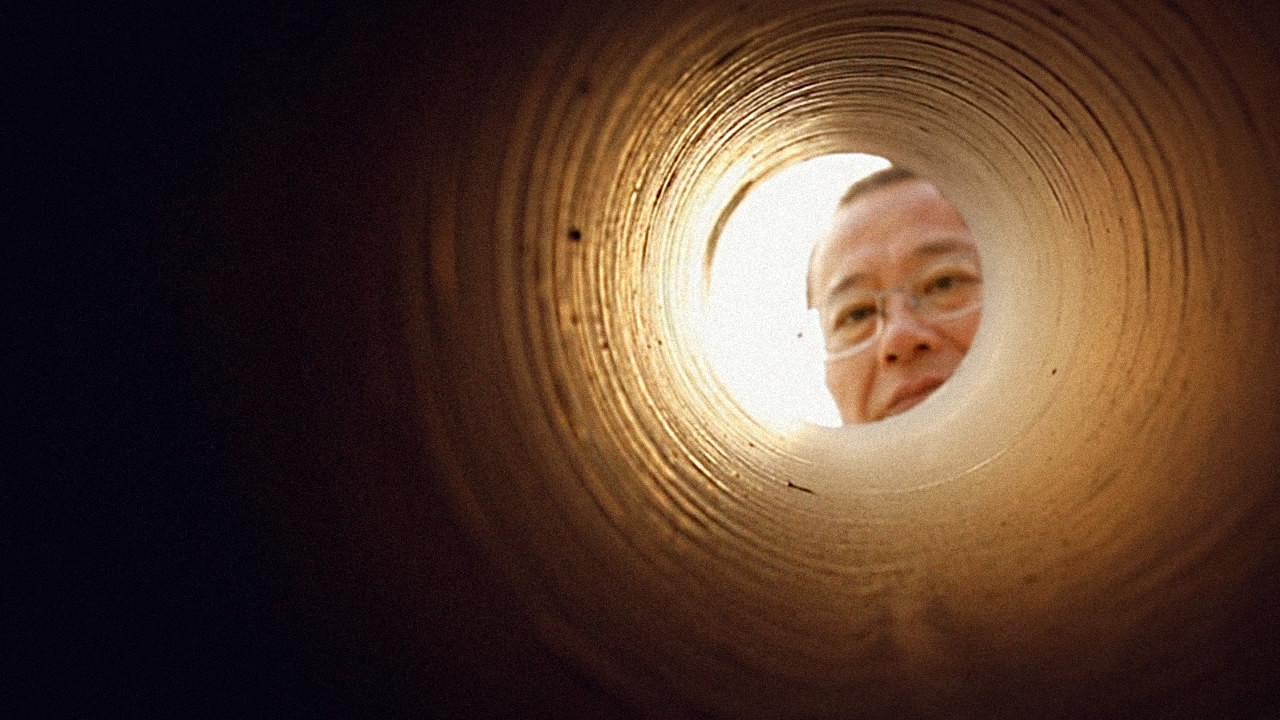
CGTN Photo
CGTN Photo
Chen's pursuit of the sun began in 2009. But he only started to make pinhole cameras after being inspired by a magazine article in 2013. He believes that the long exposure time of these cameras perfectly meets his solargraphy needs.
His cameras are made with a sealed case and a pinholed aluminum foil or copper sheet, with slots for opaque filters. Every camera is named after a scholar that had major contributions to the field of optics.

CGTN Photo
CGTN Photo
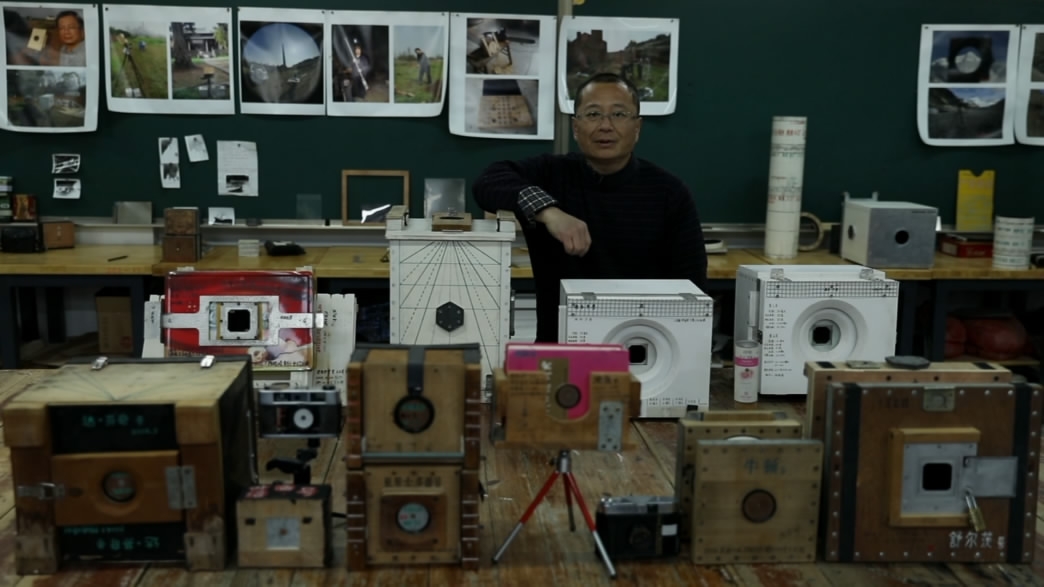
CGTN Photo
CGTN Photo
"Frenchman Louis Daguerre invented photography. The pinhole-imaging principle, however, was first documented by Chinese scholar Mozi more than 2,000 years ago. That's why I named my first camera 'Mozi'," Chen said. He also made cameras named "Zhao Youqin", "Aristotle" and "Da Vinci" in his studio later.
Chen writes detailed specifications on every camera, which get customized respectively for special purposes. They are usually placed in an open field or on a rooftop with rainproof sheds and blunted bird spikes for protection. Chen regularly clears the dust and adjusts the cameras. Patience is the most important technique for this work.

CGTN Photo
CGTN Photo
When the sunlight goes through the pinhole, it leaves marks on the negative. A tiny light-spot can be seen when the filter is removed. These shining spots and lines then add up to make a sun path.
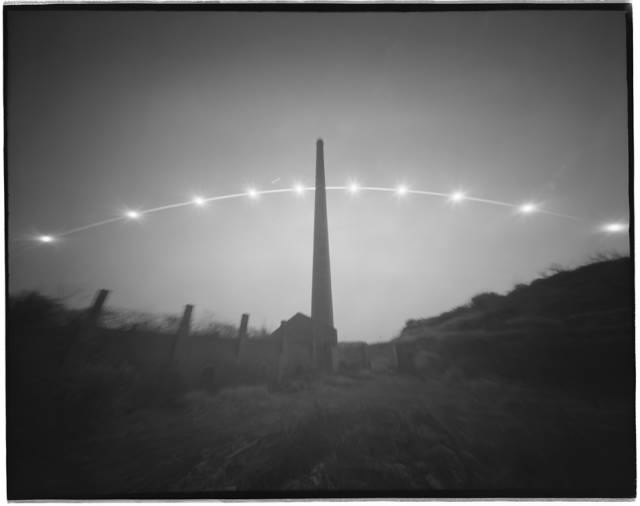
Photo courtesy of Chen Xiaofeng
Photo courtesy of Chen Xiaofeng
"The sun's path is the motif of all my works," said Chen. "It's one of my ways of observing and feeling the world."
He often uses enormous and upright buildings as the subject, with the fascinating sun paths as the backdrop. "The giant chimneys are symbols of an industrialized civilization, and of people's ability to change the natural world. They are like totems of modern society. The sun casts their slim shadows on the ground, as if the chimneys were huge sundials."
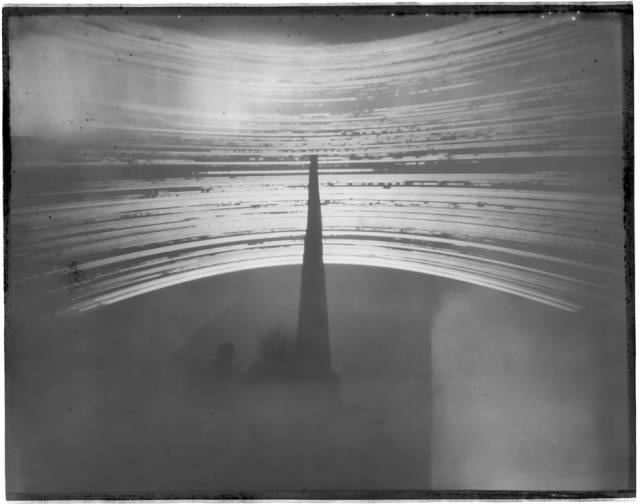
Photo courtesy of Chen Xiaofeng
Photo courtesy of Chen Xiaofeng
The shining paths of the sun reveal the movement of the stars across days and in months. "People say that photography is art made in a flash. But it can also be the art of eternity." Pointing at a photo that took 6 months to take, Chen explained, "the image is the code of the sun, and a letter from above."
Other than the buildings and the sun's path, everything is blurred – as are the swaying trees, pedestrians and moving vehicles: "Things will perish eventually, except the ever-burning sun."
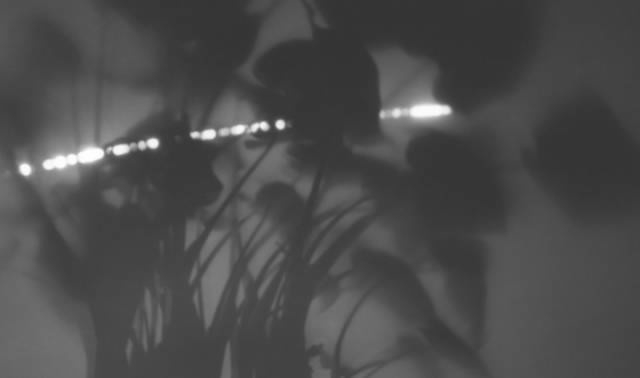
Photo courtesy of Chen Xiaofeng
Photo courtesy of Chen Xiaofeng
Chen's persistence in finding a way to fight against time is also shown in his other works, like the annual portraits of his daughter, or his long-term documenting of Zhejiang Province's vanishing old town of Quzhou.
Chen entitled one of his photos "A Tribute to Hiroshi Sugimoto," who's a famous Japanese photographer. It took Chen 7 hours to shoot the trajectory of the moon behind the flame of a candle. He was inspired by Sugimoto's work "In Praise of Shadow": "I was deeply moved at the first sight, and I felt the urge to shoot a burning candle in front of the moon's or sun's path." Chen's next plan is to take 6 months to shoot a photo of a burning candle and the sun path, merging the ephemeral flame with that of eternity.
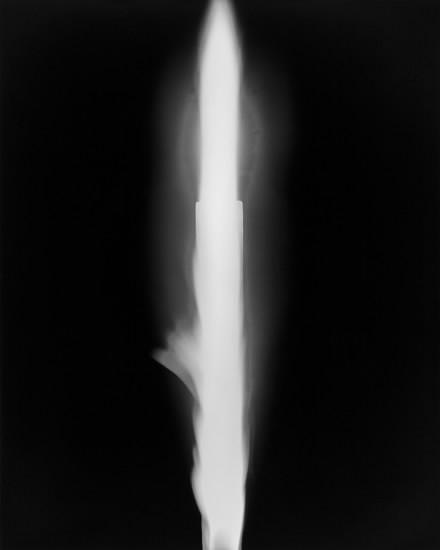
"In Praise of Shadow" by Hiroshi Sugimoto, photo courtesy of Chen Xiaofeng
"In Praise of Shadow" by Hiroshi Sugimoto, photo courtesy of Chen Xiaofeng
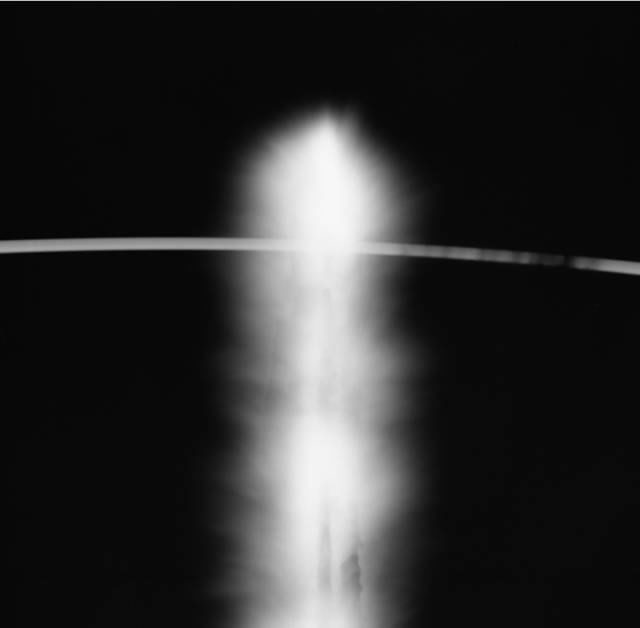
"A Tribute to Hiroshi Sugimoto" by Chen Xiaofeng, photo courtesy of Chen Xiaofeng
"A Tribute to Hiroshi Sugimoto" by Chen Xiaofeng, photo courtesy of Chen Xiaofeng
Chen believes that his life is as short and ordinary as a burning candle, but it doesn't bother him at all. He has learned from the principles of light and shadow. He feels settled as long as the sun leaves its trace on the negative: "As if a humble life has established an unbreakable connection with the mighty sun."

The story is one in The 1.3 Billion series exploring the diverse lives that make up China.
The story is one in The 1.3 Billion series exploring the diverse lives that make up China.

SITEMAP
Copyright © 2018 CGTN. Beijing ICP prepared NO.16065310-3
Copyright © 2018 CGTN. Beijing ICP prepared NO.16065310-3